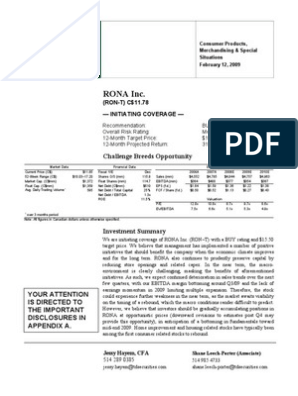0% found this document useful (0 votes)
47 views3 pagesVariability Reduction
This document discusses variability reduction, which aims to reduce product variation and make products more robust. There are three main sources of variation: manufacturing variation, environmental/deterioration variation, and usage variation. Design of experiments can be used to understand which factors most influence variation and determine designs that minimize it. Additional techniques to reduce manufacturing and usage variation include process capability analysis, statistical process control, process optimization, and mistake-proofing. The overall goal of variability reduction is to develop robust product and process designs that balance customer needs with sources of potential variation.
Uploaded by
vijayakum arCopyright
© © All Rights Reserved
We take content rights seriously. If you suspect this is your content, claim it here.
Available Formats
Download as DOCX, PDF, TXT or read online on Scribd
0% found this document useful (0 votes)
47 views3 pagesVariability Reduction
This document discusses variability reduction, which aims to reduce product variation and make products more robust. There are three main sources of variation: manufacturing variation, environmental/deterioration variation, and usage variation. Design of experiments can be used to understand which factors most influence variation and determine designs that minimize it. Additional techniques to reduce manufacturing and usage variation include process capability analysis, statistical process control, process optimization, and mistake-proofing. The overall goal of variability reduction is to develop robust product and process designs that balance customer needs with sources of potential variation.
Uploaded by
vijayakum arCopyright
© © All Rights Reserved
We take content rights seriously. If you suspect this is your content, claim it here.
Available Formats
Download as DOCX, PDF, TXT or read online on Scribd
/ 3
























































































